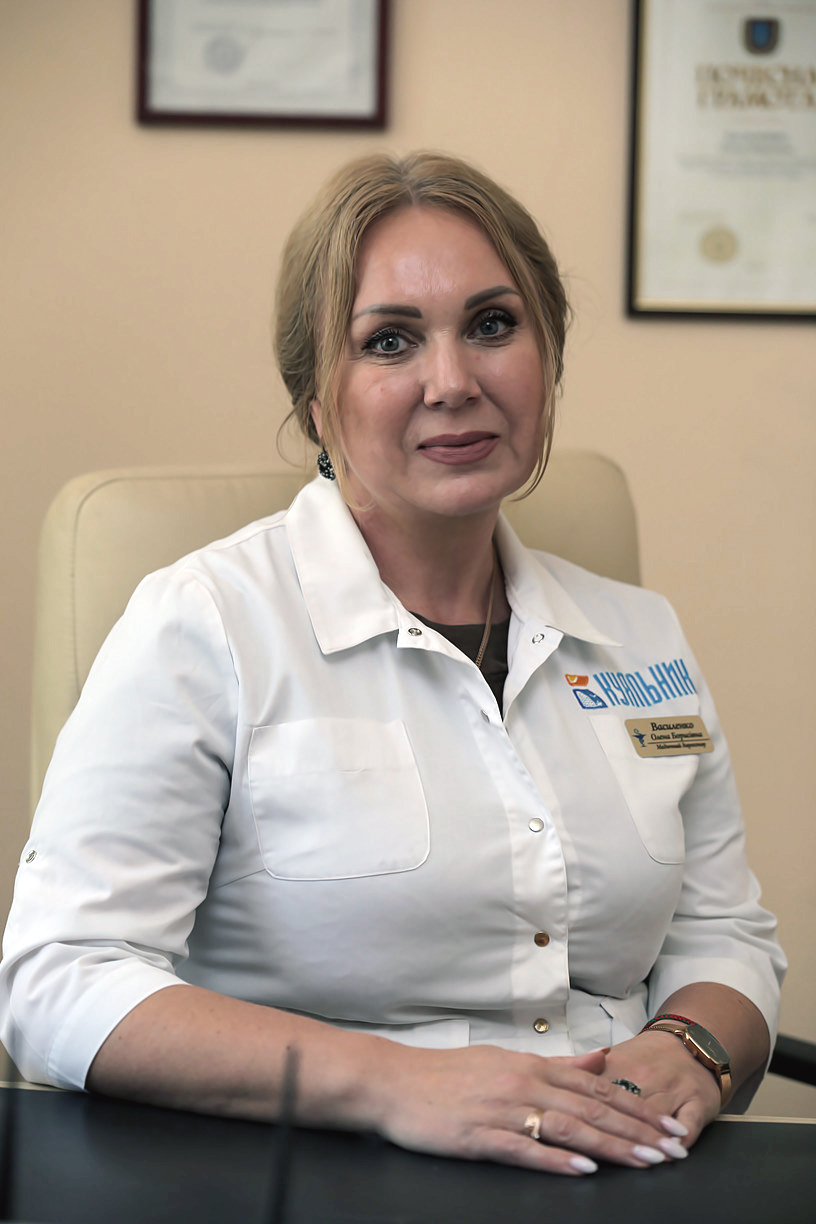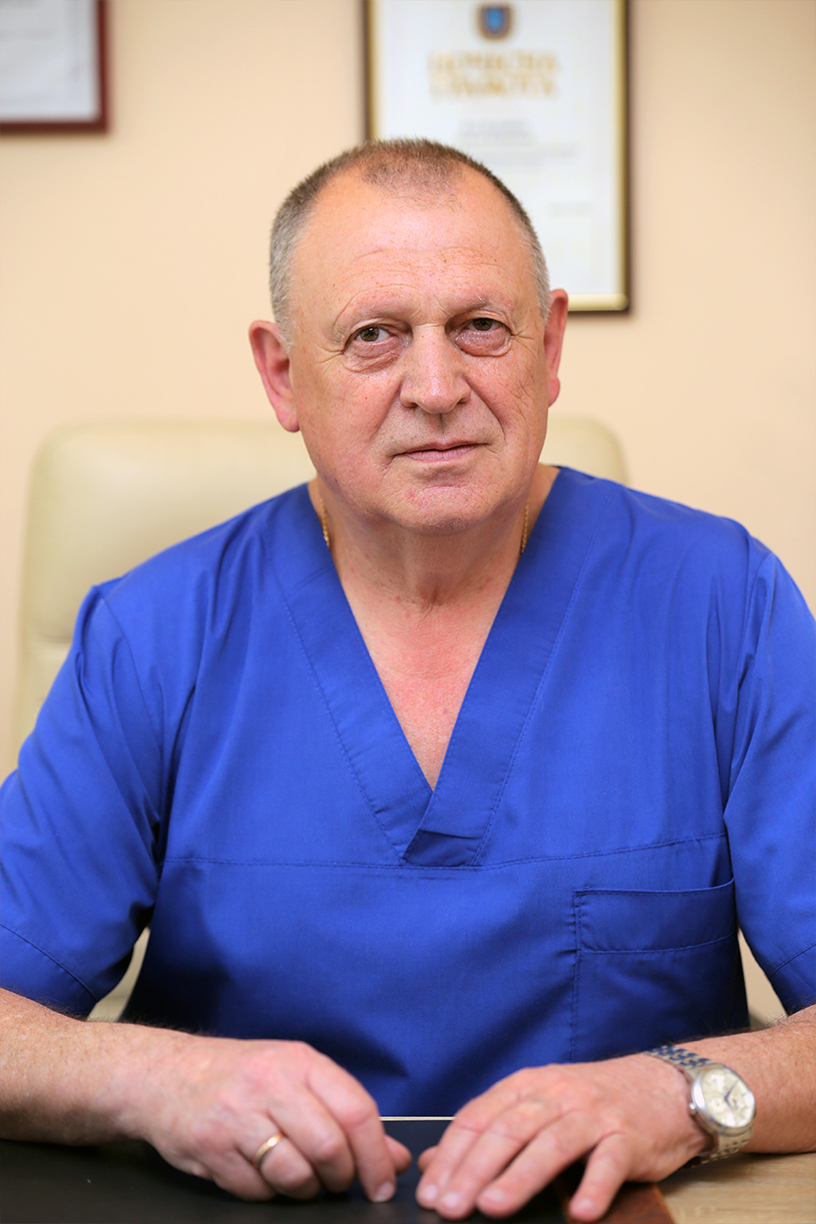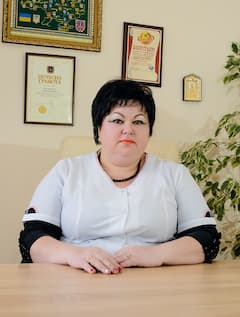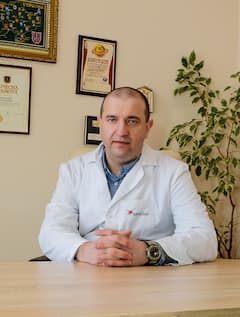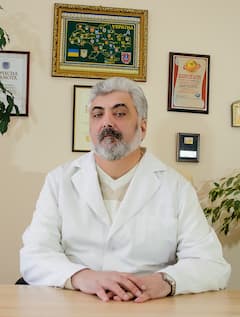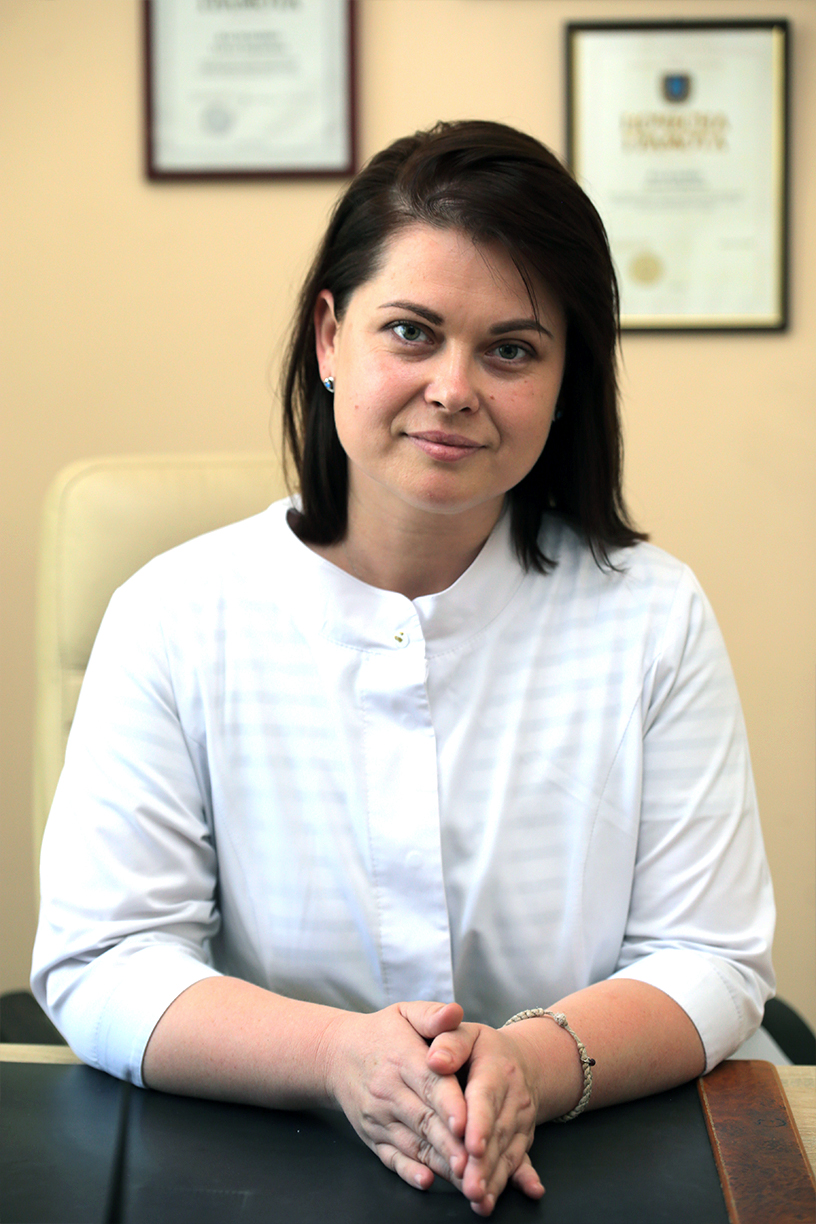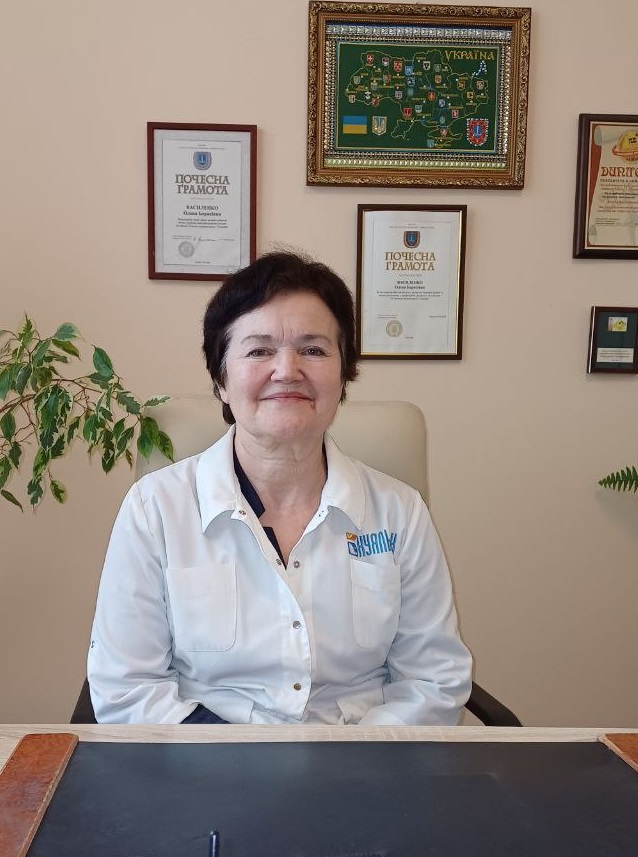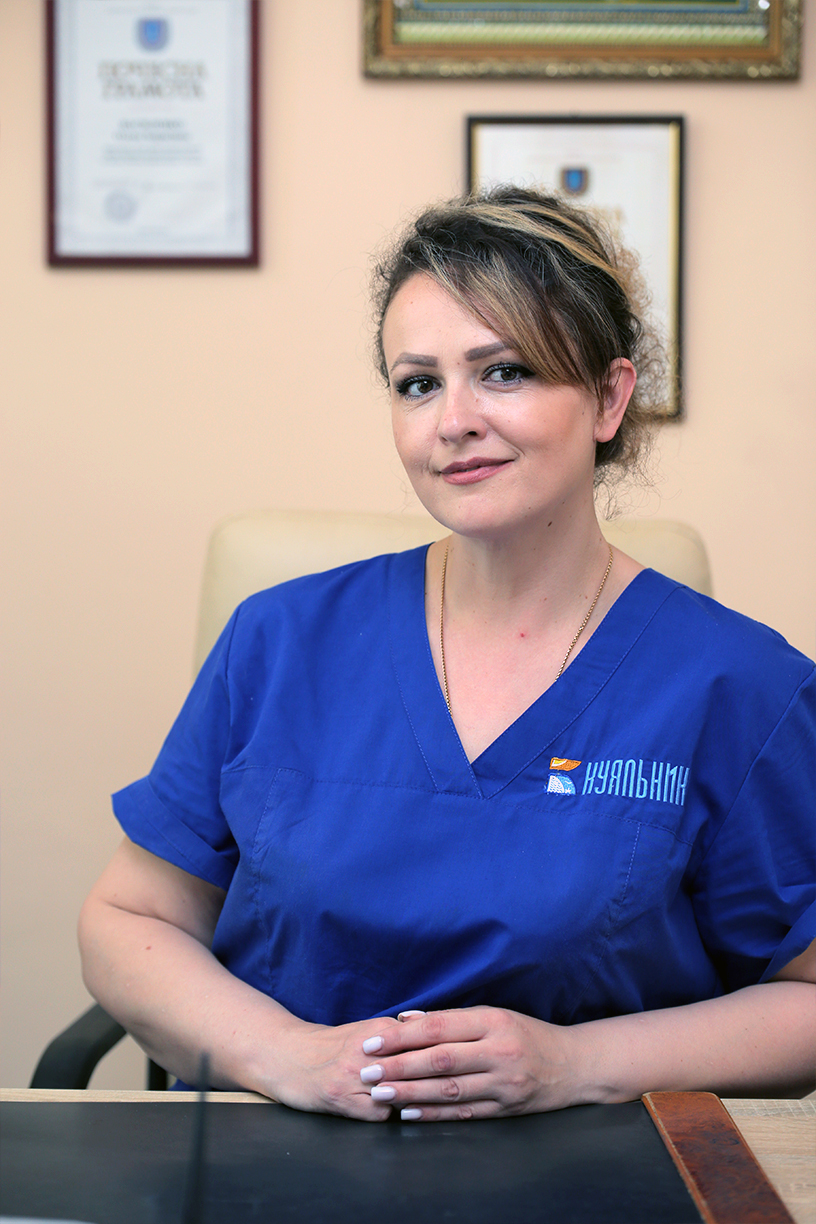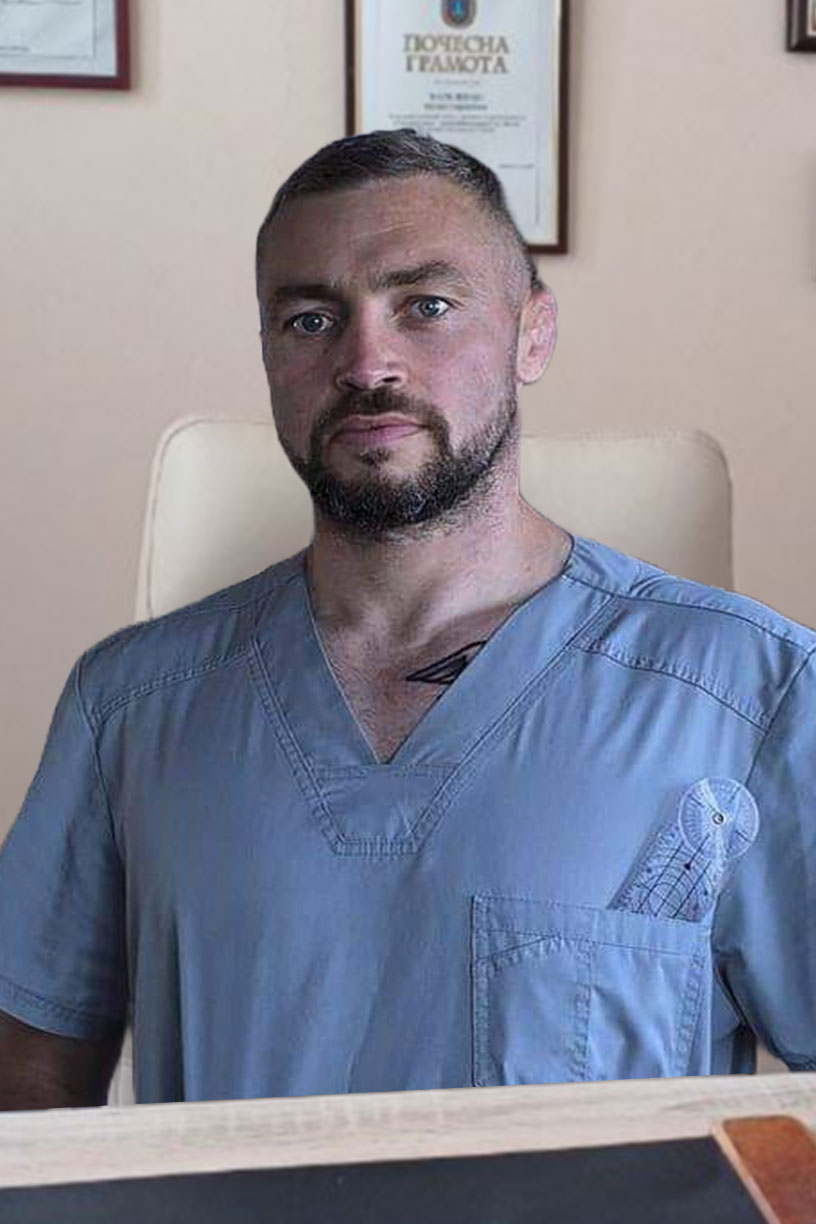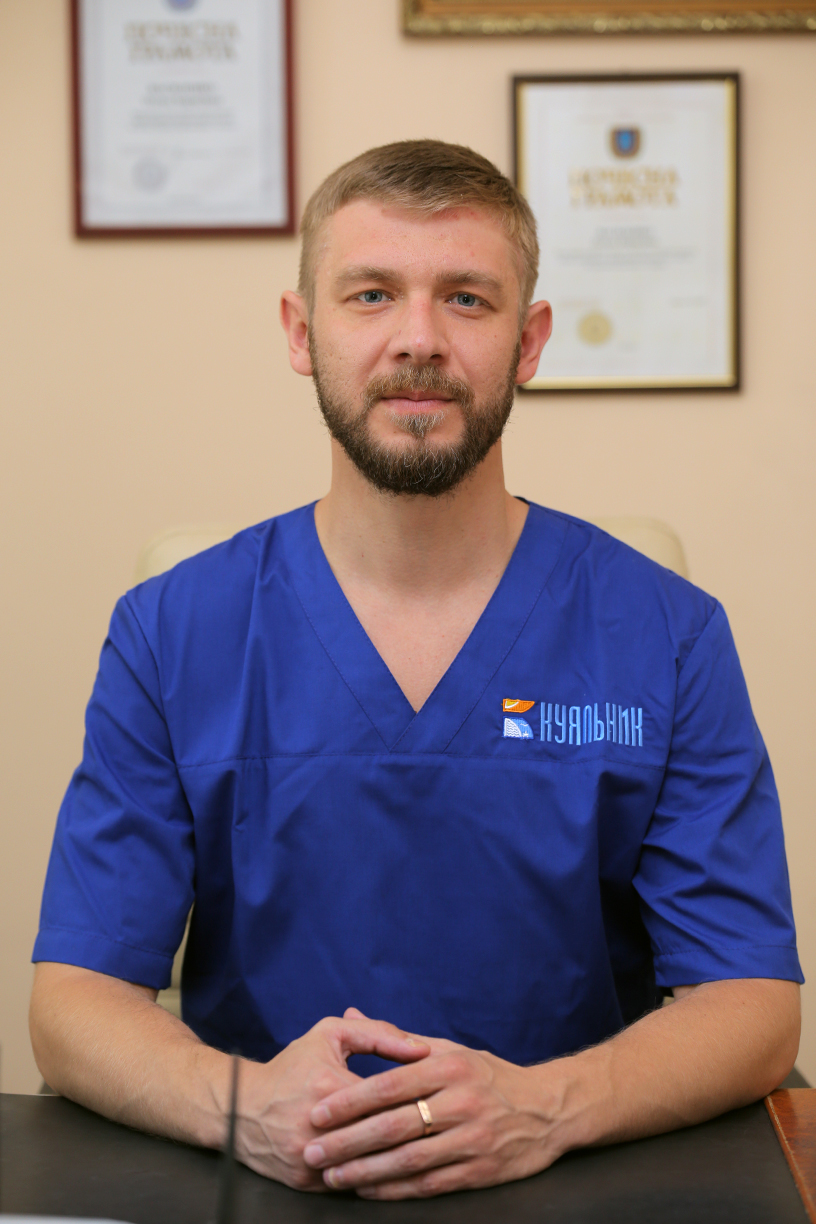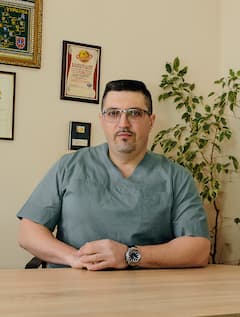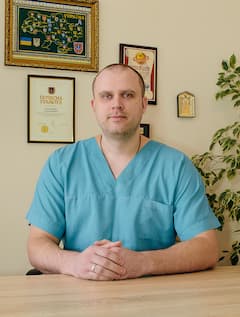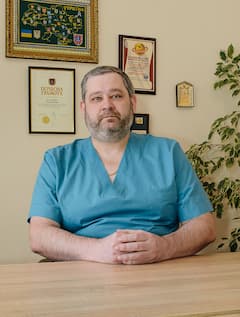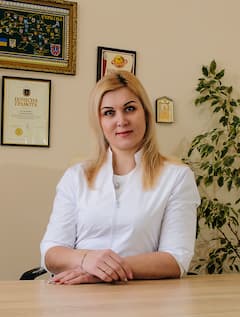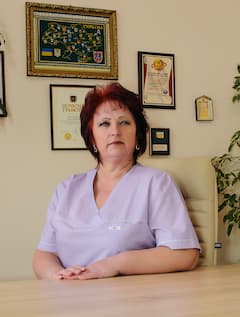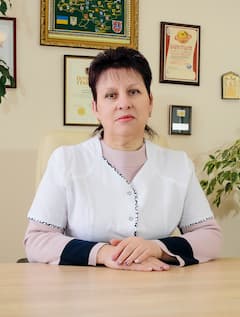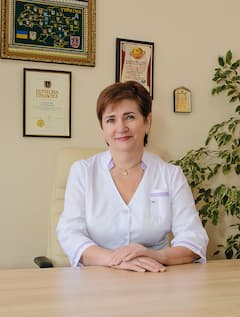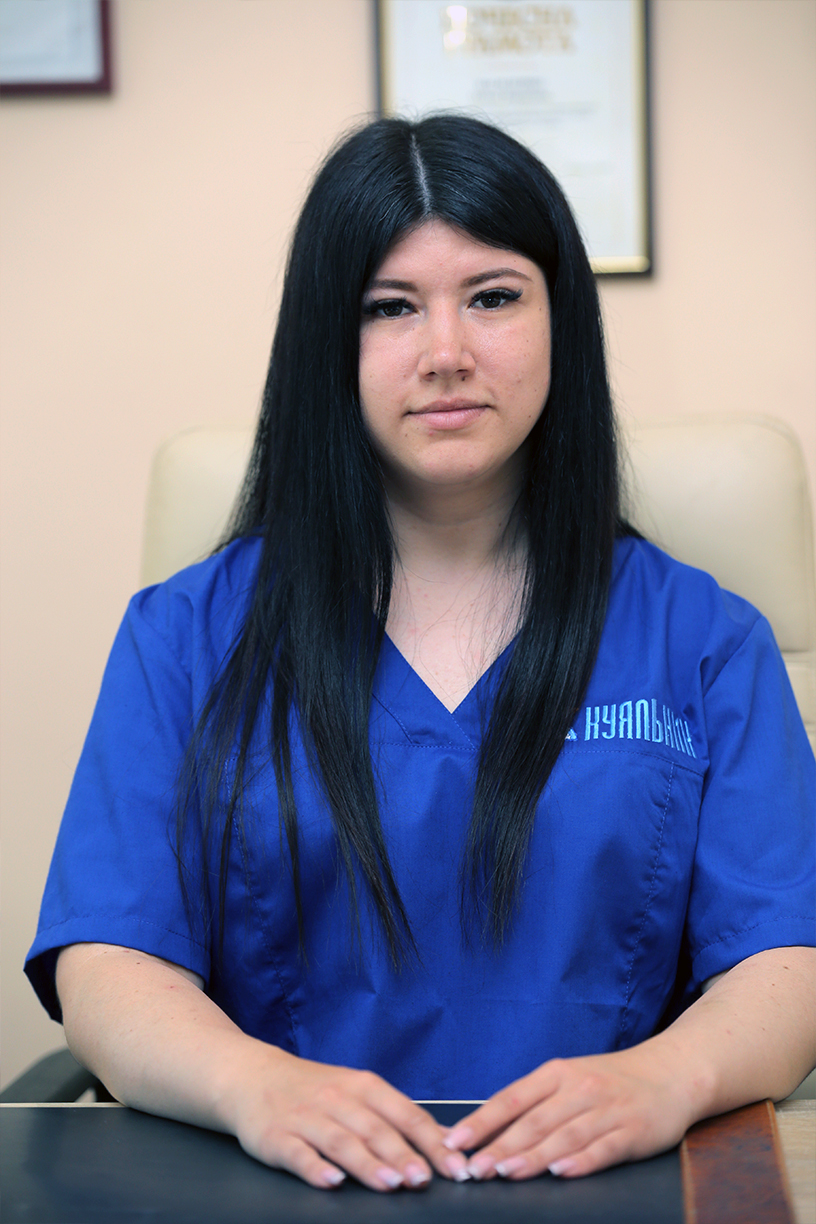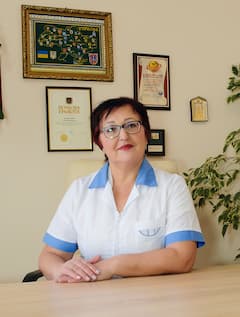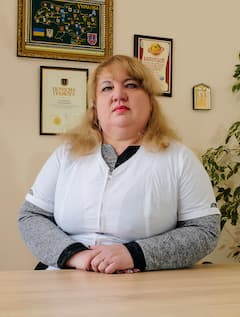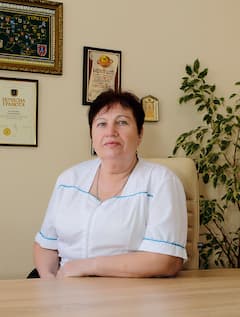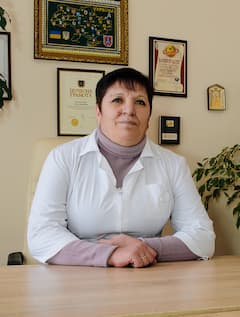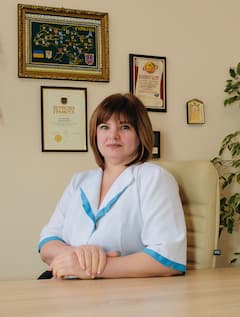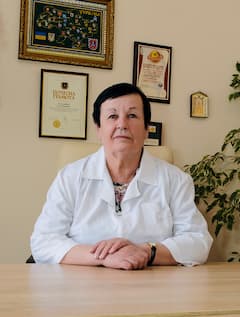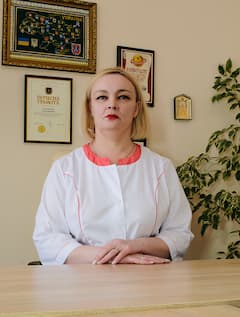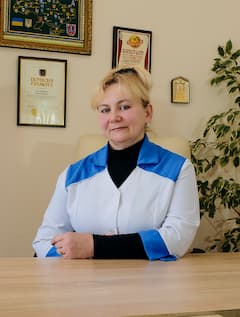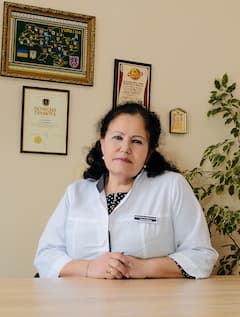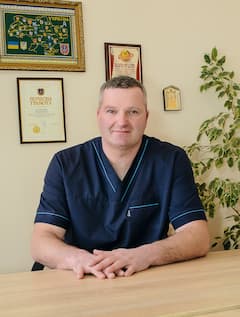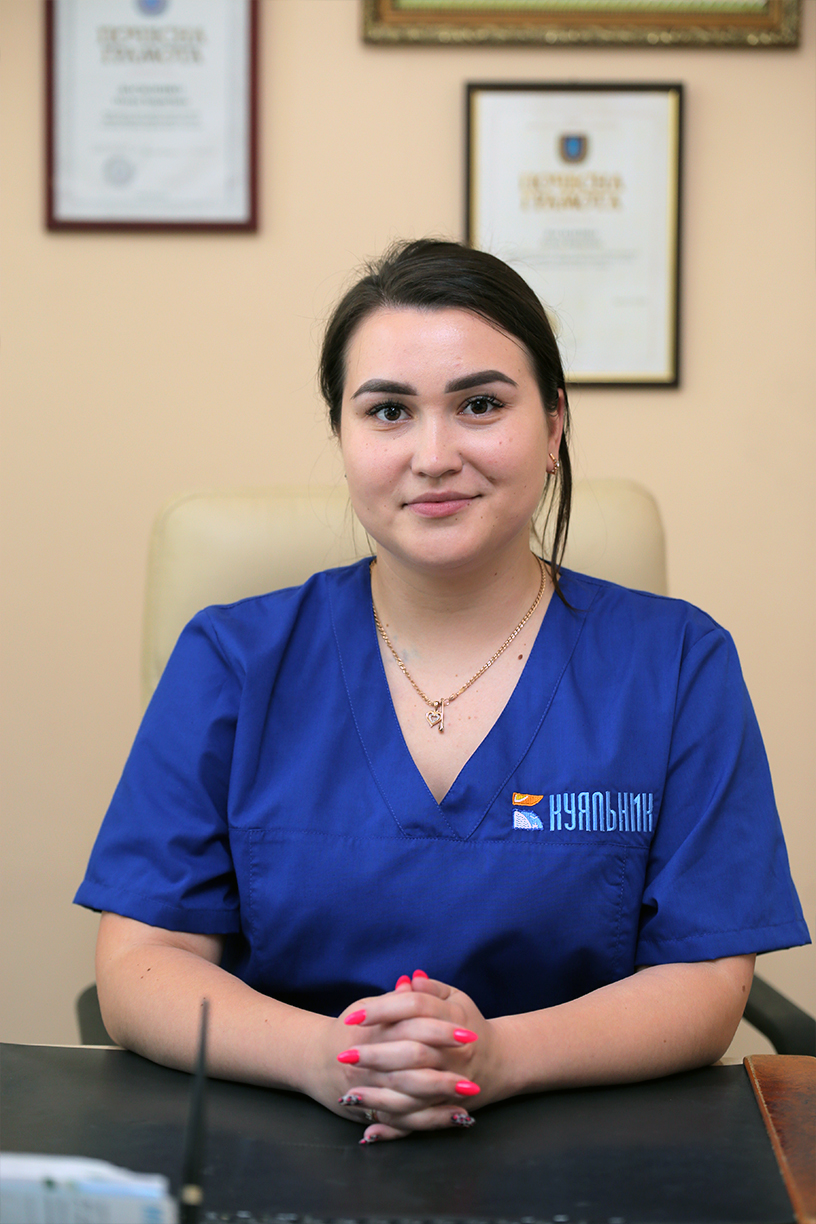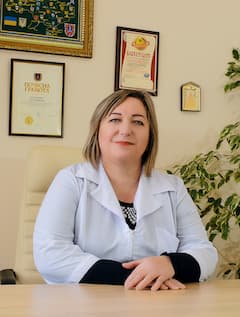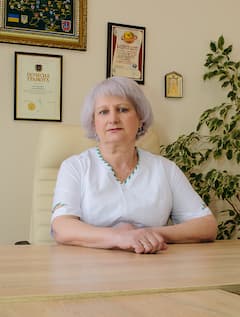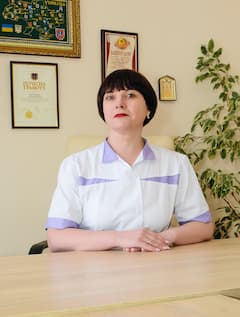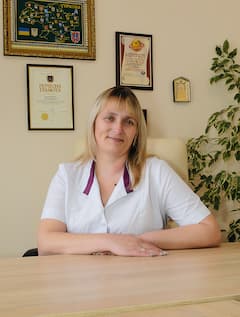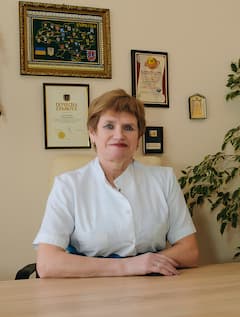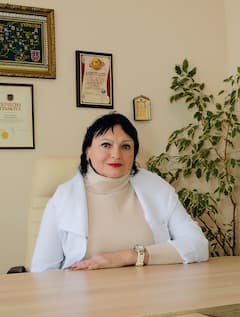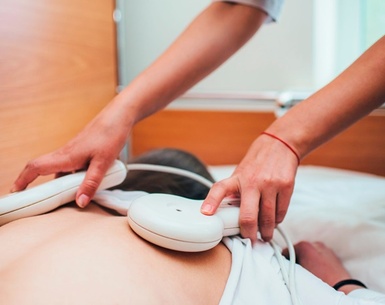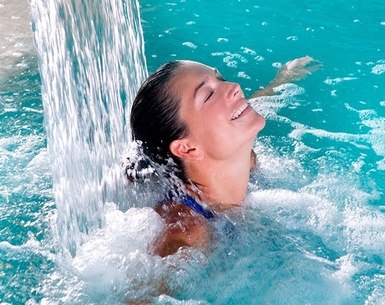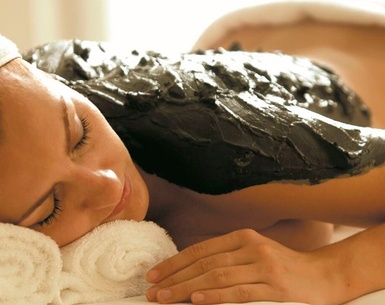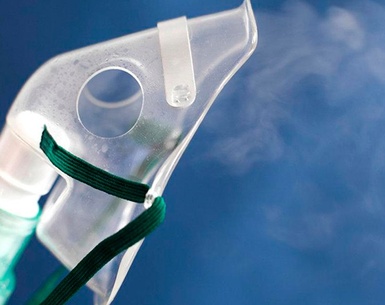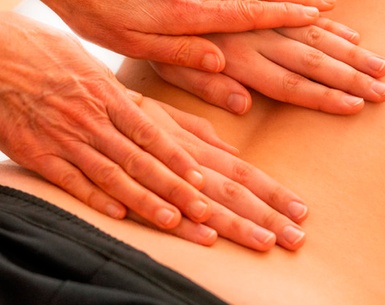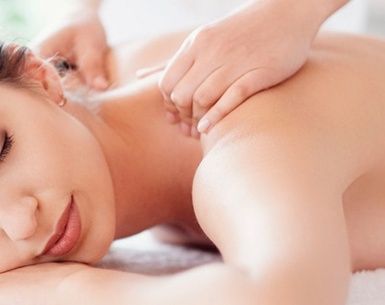At the Kuyalnik Resort, the Pirogov Sanatorium offers effective treatment and prevention of varicose veins in the lower extremities using mud therapy. This treatment method helps reduce symptoms of the disease, improve venous blood flow, and strengthen vessel walls.
What is Varicose Veins?
Varicose veins are a chronic condition in which veins become enlarged, elongated, and lose their elasticity. This leads to blood stasis, the formation of varicose nodes, and disrupted normal blood circulation in the lower extremities. According to statistics, varicose veins affect 20-30% of the adult population, with women being twice as likely to suffer from this condition compared to men.
Causes of Varicose Veins
Varicose veins can be caused by various factors:
-
Genetic Predisposition: If your close relatives have been diagnosed with varicose veins, there is a high likelihood that you may develop them as well. Genetic factors can influence the elasticity of veins and the functioning of venous valves.
-
Hormonal Imbalances: Changes in hormone levels, especially during pregnancy, menopause, or when taking hormonal medications, can increase the risk of developing varicose veins. Hormones affect the tone of veins and blood coagulation, which can lead to varicose veins.
-
Increased Load on Legs: Obesity significantly increases the load on the veins of the lower extremities, which can contribute to the development of varicose veins. Additionally, lifting heavy objects and prolonged standing also increase the risk of the disease.
-
Sedentary Lifestyle: Prolonged sitting or standing without sufficient physical activity can lead to blood stasis in the legs and the development of varicose veins.
-
Injuries and Surgeries: Damage to veins or surgical interventions can disrupt normal blood flow and contribute to the development of varicose veins.
Symptoms of Varicose Veins
Symptoms of varicose veins can vary depending on the stage of the disease:
-
Early Stages: A feeling of heaviness in the legs, swelling, itching, and burning. These symptoms usually worsen by the evening or after prolonged standing.
-
Disease Progression: Appearance of spider veins, muscle cramps, and pain in the calves. Symptoms can worsen and lead to significant discomfort.
-
Severe Forms: Trophic ulcers, significant enlargement, and protrusion of veins. In such cases, immediate medical intervention is required.
Types of Varicose Veins
There are several types of varicose veins:
-
Superficial Varicose Veins: Pathology affecting the superficial veins that are visible under the skin. Characterized by the formation of varicose nodes and spider veins.
-
Deep Varicose Veins: Pathology affecting deep veins. Symptoms of this type of varicose veins are usually more severe and include severe pain, swelling, and trophic skin changes.
-
Combined Varicose Veins: A combination of superficial and deep vein involvement. This is the most difficult type of varicose veins to treat as it requires a comprehensive approach.
Diagnosis of Varicose Veins
The diagnosis of varicose veins includes the following methods:
-
Ultrasound Examination (US): The main diagnostic method that allows assessing the condition of veins, detecting the presence of clots, and determining the degree of venous valve dysfunction.
-
Dopplerography: A method for studying blood flow in veins, which helps assess the functionality of venous valves and identify areas with impaired blood circulation.
-
Blood Tests: Including a complete blood count and coagulogram to assess blood coagulation and exclude associated diseases.
Treatment of Varicose Veins with Mud Therapy at Kuyalnik Sanatorium
The Kuyalnik Sanatorium uses unique mud therapy for the treatment of varicose veins, which includes:
-
Gas-Mud Baths: These procedures help improve venous blood flow, strengthen the elasticity of vessel walls, reduce swelling and inflammation. Kuyalnik estuary mud contains beneficial trace elements and hydrogen sulfide compounds that promote the release of carbon dioxide, improving blood circulation and relieving varicose symptoms.
-
Mud Compresses: Local application of mud helps relieve inflammation, reduce pain, and swelling. Mud compresses promote the resorption of clots and improve the condition of venous walls.
-
Brine Baths and Pools: Kuyalnik estuary brine is rich in minerals that help strengthen blood vessels, improve circulation, and reduce swelling. Brine baths and pools have a general health-improving effect and contribute to the comprehensive treatment of varicose veins.
-
Therapeutic Physical Training (TPT): Special exercises to strengthen leg muscles and improve venous outflow. TPT helps maintain vessel tone and prevent blood stasis in the legs.
-
Mechanotherapy: Use of special devices to improve blood circulation and reduce varicose symptoms. Mechanotherapy strengthens venous walls and improves the rheological properties of blood.
-
Physiotherapy Procedures: Magnetotherapy, ultraton, darsonval – these procedures help reduce inflammation, improve blood circulation, and strengthen venous walls.
Prevention of Varicose Veins
To prevent varicose veins, it is recommended:
-
Maintaining Normal Weight: Balanced nutrition and regular physical activity will help maintain a healthy weight and reduce the load on veins.
-
Active Lifestyle: Regular walks, swimming, and light exercises will help maintain vein tone and prevent blood stasis.
-
Avoiding Prolonged Standing or Sitting: Regular breaks for stretching will help avoid blood stasis in the legs and maintain normal blood circulation.
-
Wearing Compression Stockings: Special compression socks or stockings will help maintain vein tone and improve venous blood flow.
Post-Treatment Support
After completing a treatment course at the Kuyalnik Sanatorium, it is recommended:
-
Rehabilitation Measures: Continuing physical exercises and procedures to maintain treatment results.
-
Supportive Procedures: Regular sessions of physiotherapy and mud therapy will help maintain vein tone and prevent relapses.
-
Monitoring and Preventive Examinations: Regular check-ups with a doctor to prevent relapses and maintain vein health.
In conclusion, it is worth noting that the Pirogov Sanatorium at the Kuyalnik Resort offers a comprehensive approach to treating varicose veins, including unique natural methods and modern technologies. Thanks to highly qualified specialists and an individual approach to each patient, high results and long-term positive effects are achieved. If you are looking for effective treatment for varicose veins, contact the Pirogov Sanatorium at the Kuyalnik Resort.

